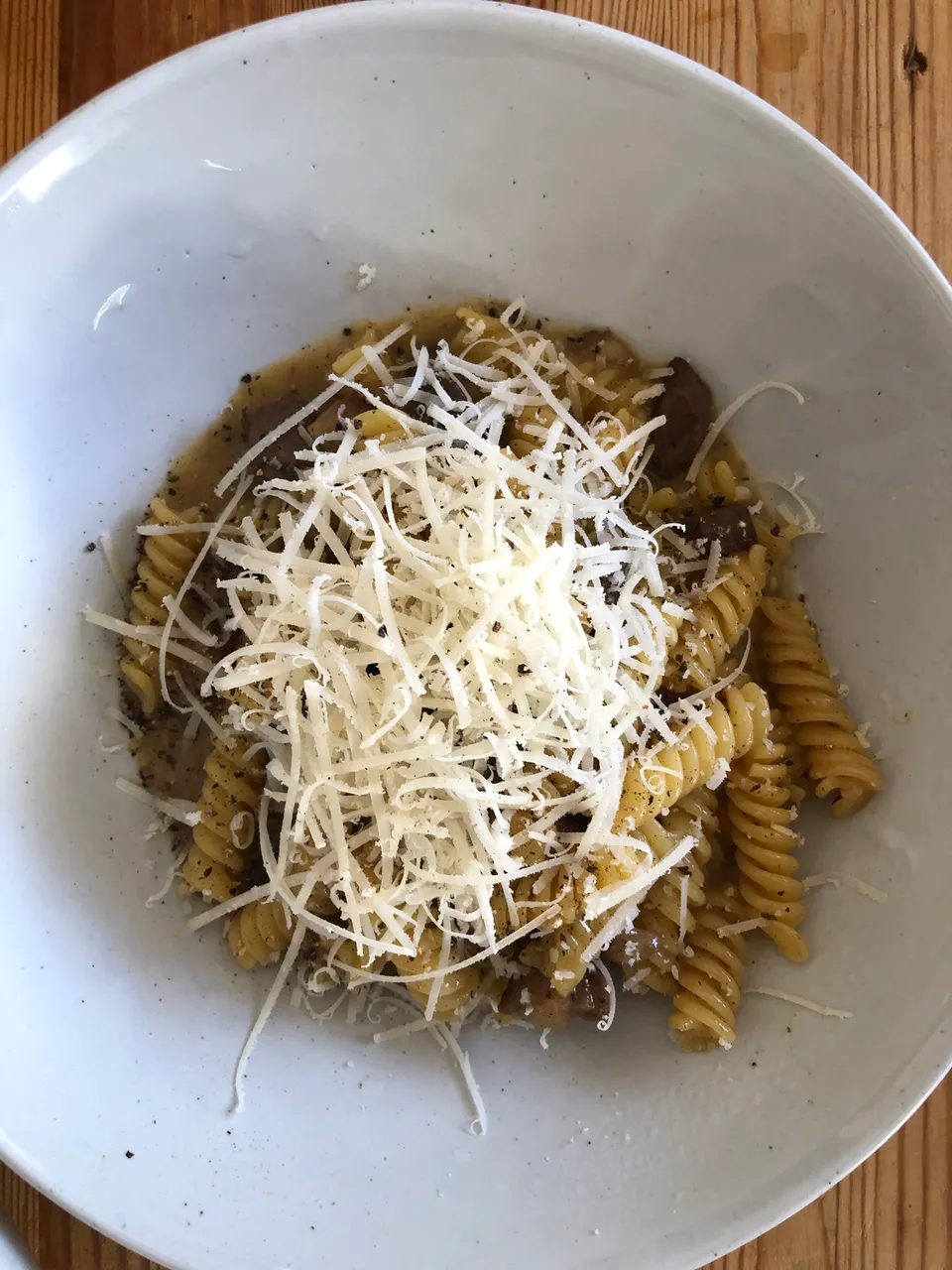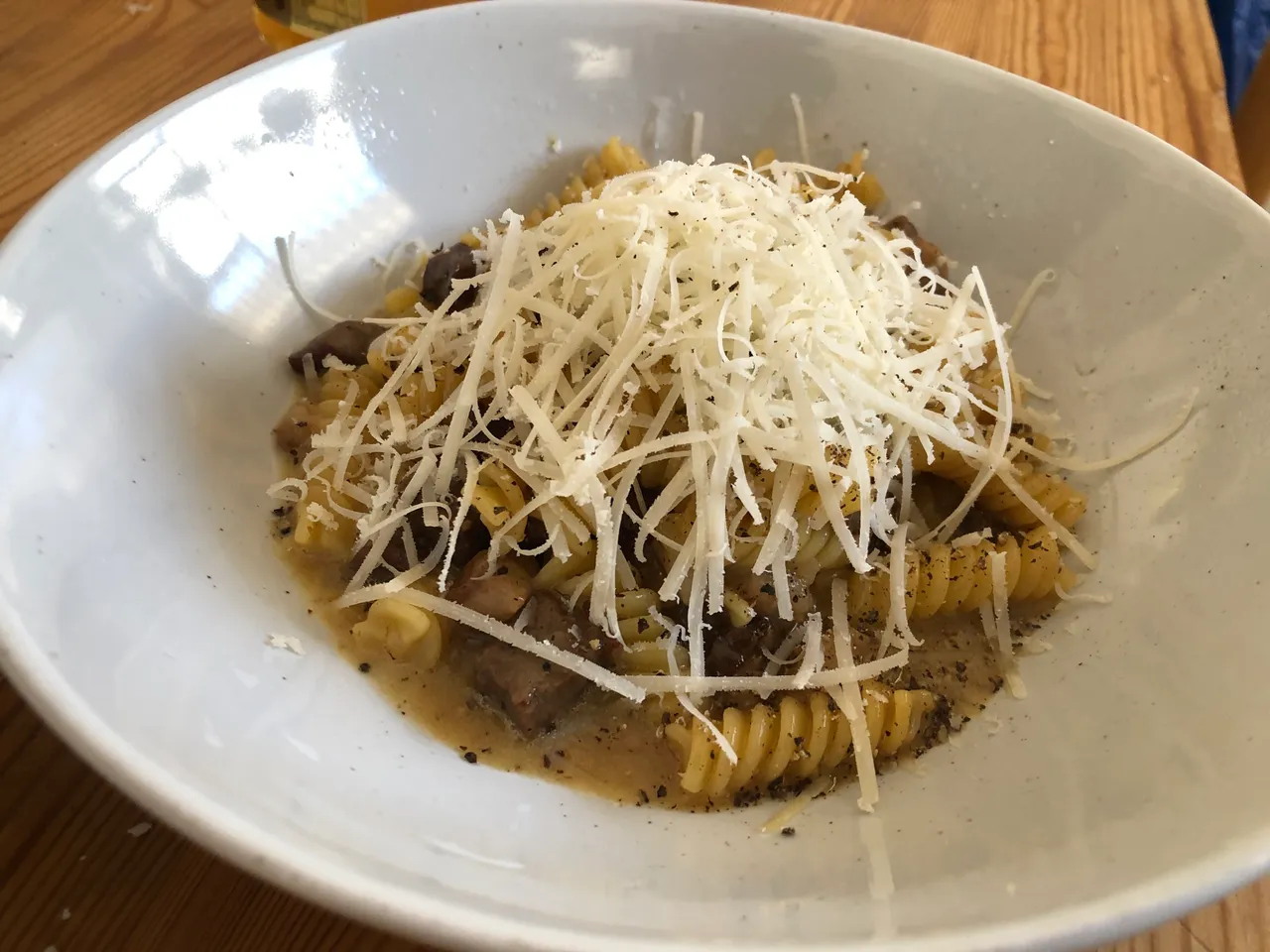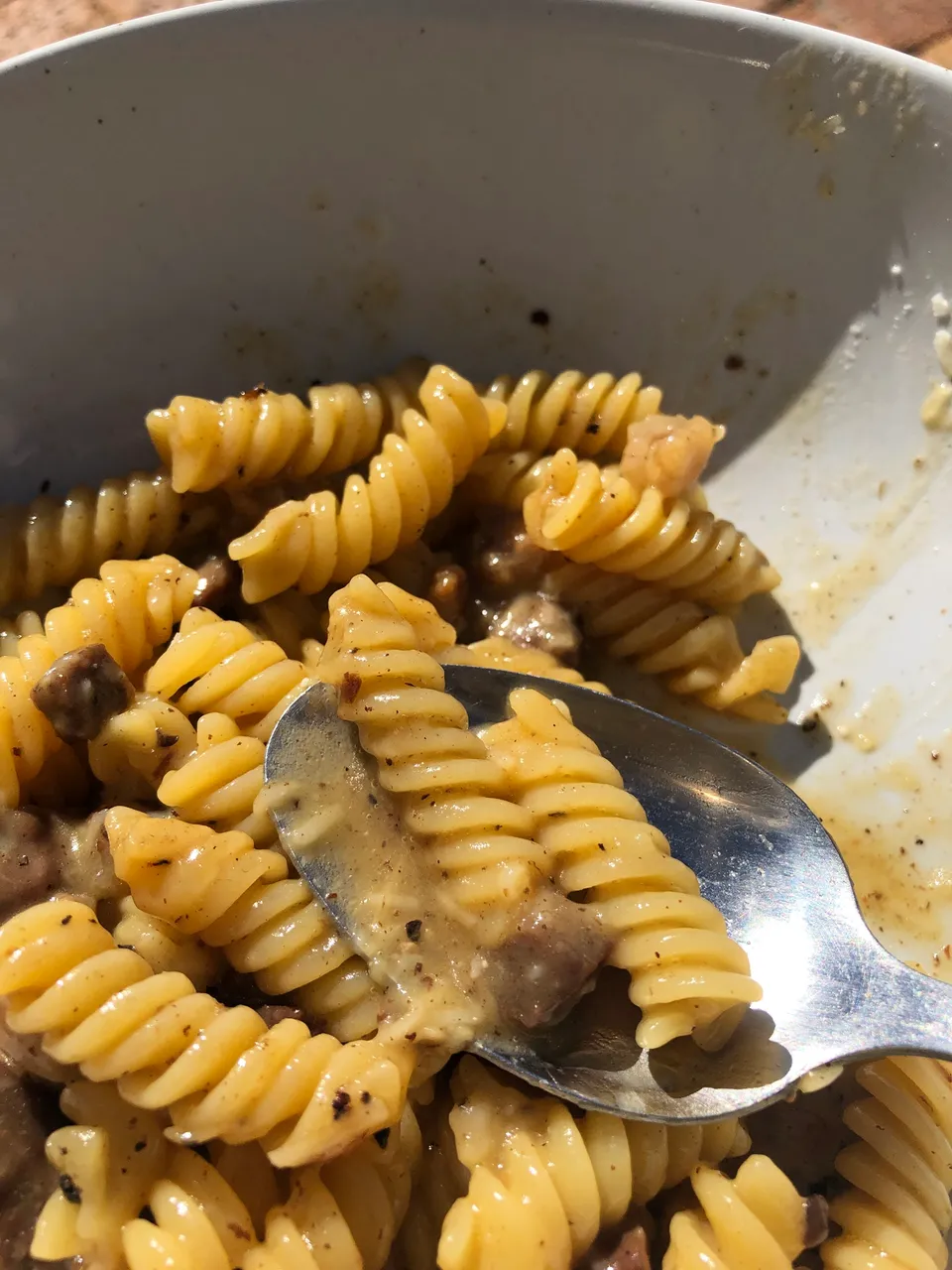I love to make different Italian pasta dishes. I keep them relatively "traditional" method-wise, but I do change some things and ingredients from time to time. I find that these methods lend them towards experimentation with different ingredients, even though they are not seen as "traditional". It is also interesting to note that that which seems to be "traditional" sometimes has no tradition. The tradition it is based on was merely reality at some point. I am no historian on Italian cuisine but from what I heard various "traditional" pasta recipes originated from the harsh and poor reality of people. Eggs were expensive and therefore some dishes did not contain eggs. Yes, some dishes are "heavy" so do not add egg, this makes sense, but as far as tradition goes, there are few. Again, I am no expert and only go on what I have heard. But this makes sense. If your area does not have chickens, but pork, eggs will be expensive and pork meat cheap. Use what you have at your disposal.
In any case, I make a pasta carbonara, very close to the traditional recipe, but with a South African ingredient! Braai vleis, or BBQ meat. As in my previous posts, braai-meat is meat cooked over open wood coals. This gives the meat a smokey flavour unique to South Africa, as we use certain types of wood. I also cook the meat longer over the "smoke" to make it even smokier. This flavour goes so well in the pasta carbonara dish. So please follow below my recipe and method of how I make pasta carbonara with some extra tips on how to make this dish very simple.
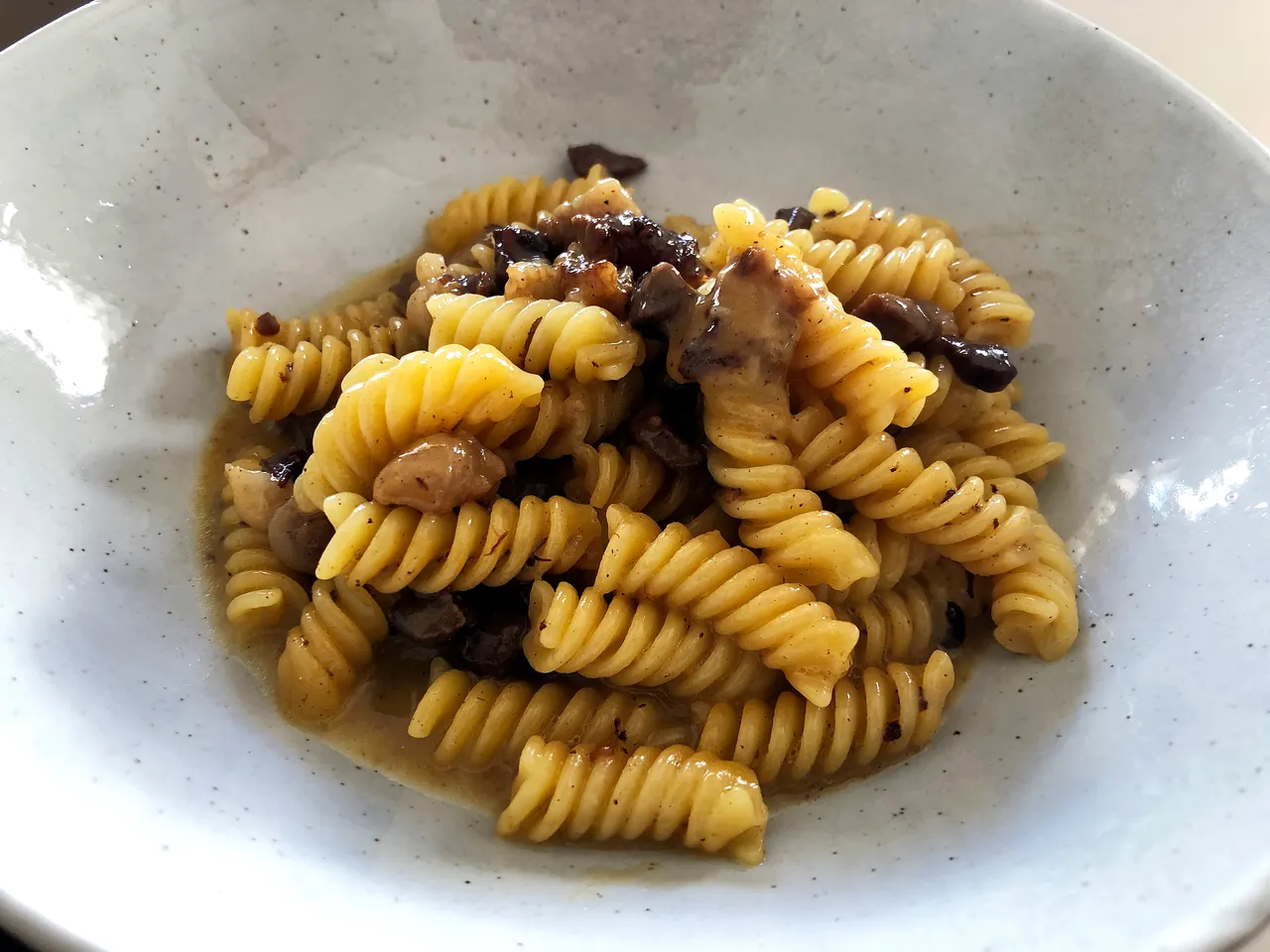
A word of warning
This is my take on a traditional dish. I by no means claim that this is authentic and traditional. It merely is my amalgamation take on this dish.
Ingredients
- Pasta
- Meat (smokey is key)
- Cheese (any hard cheese)
- Eggs
- Salt and pepper
- Pasta water

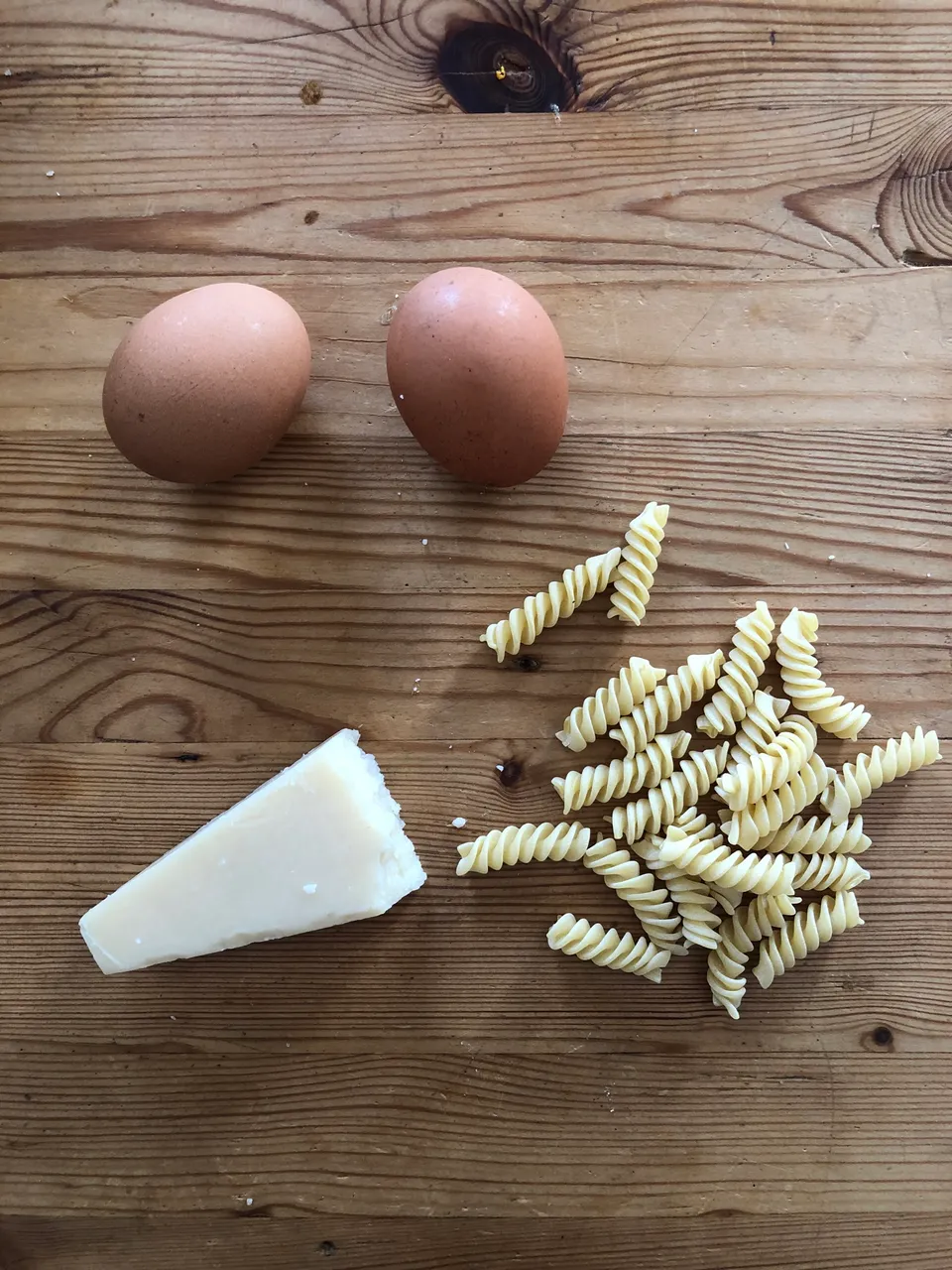
My Non-Traditional Method
Step One: Prep
My method is based on a simple principle. Get the pasta going, and in that time do all the prep work. I cut the meat (mostly bacon, but today, leftover braai-meat) into small cubes. I break open the eggs, and I grate the cheese. I also get the meat going. As you can see, this particular cut had some nice fat on it. The rendered fat will play a key role in the ensuing steps.
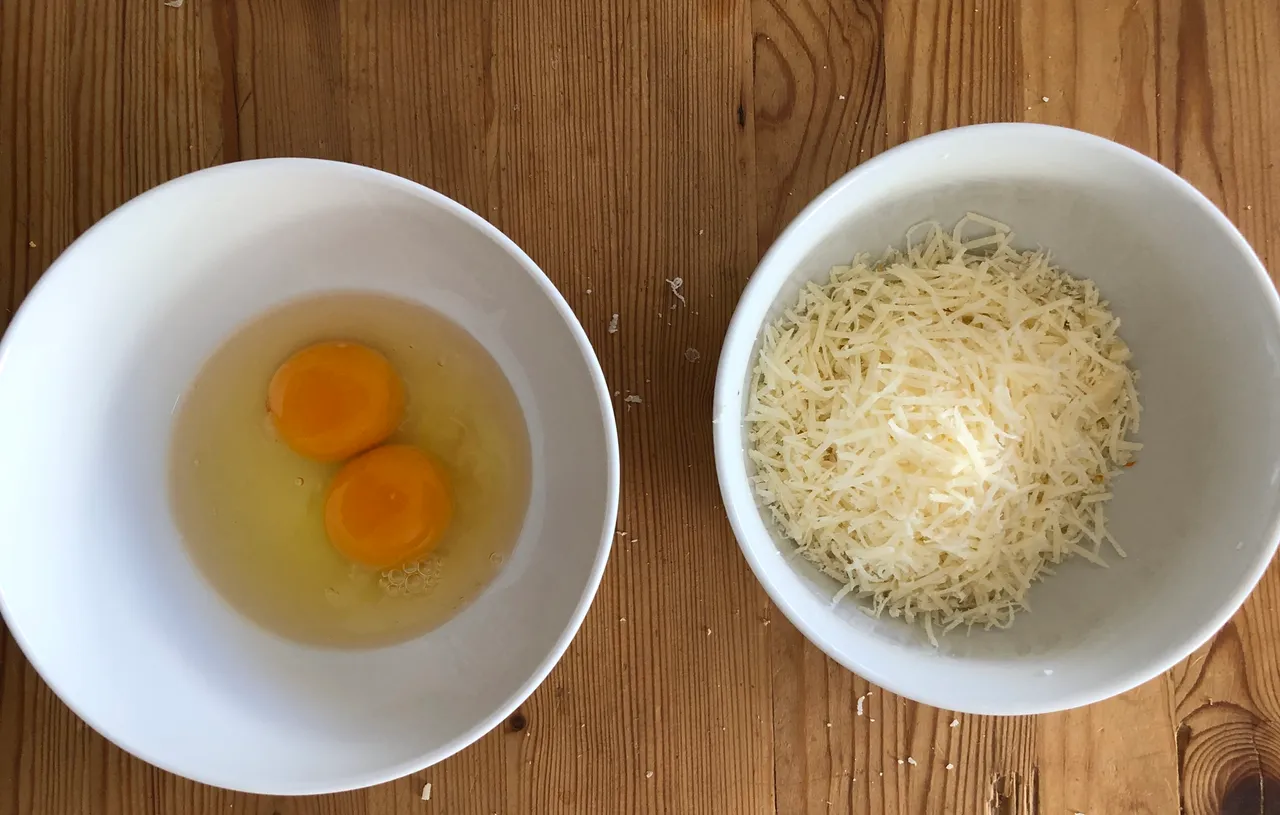
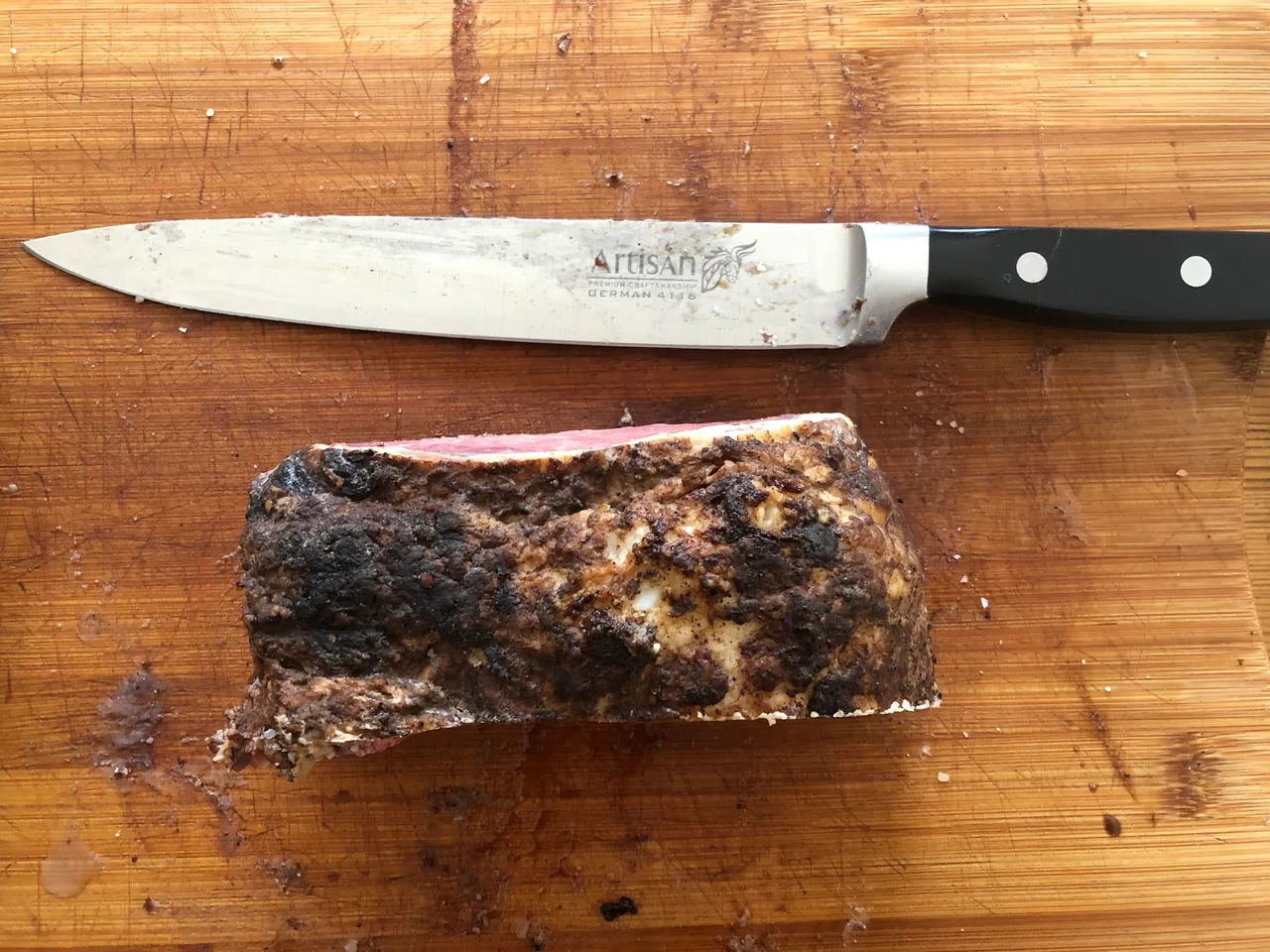
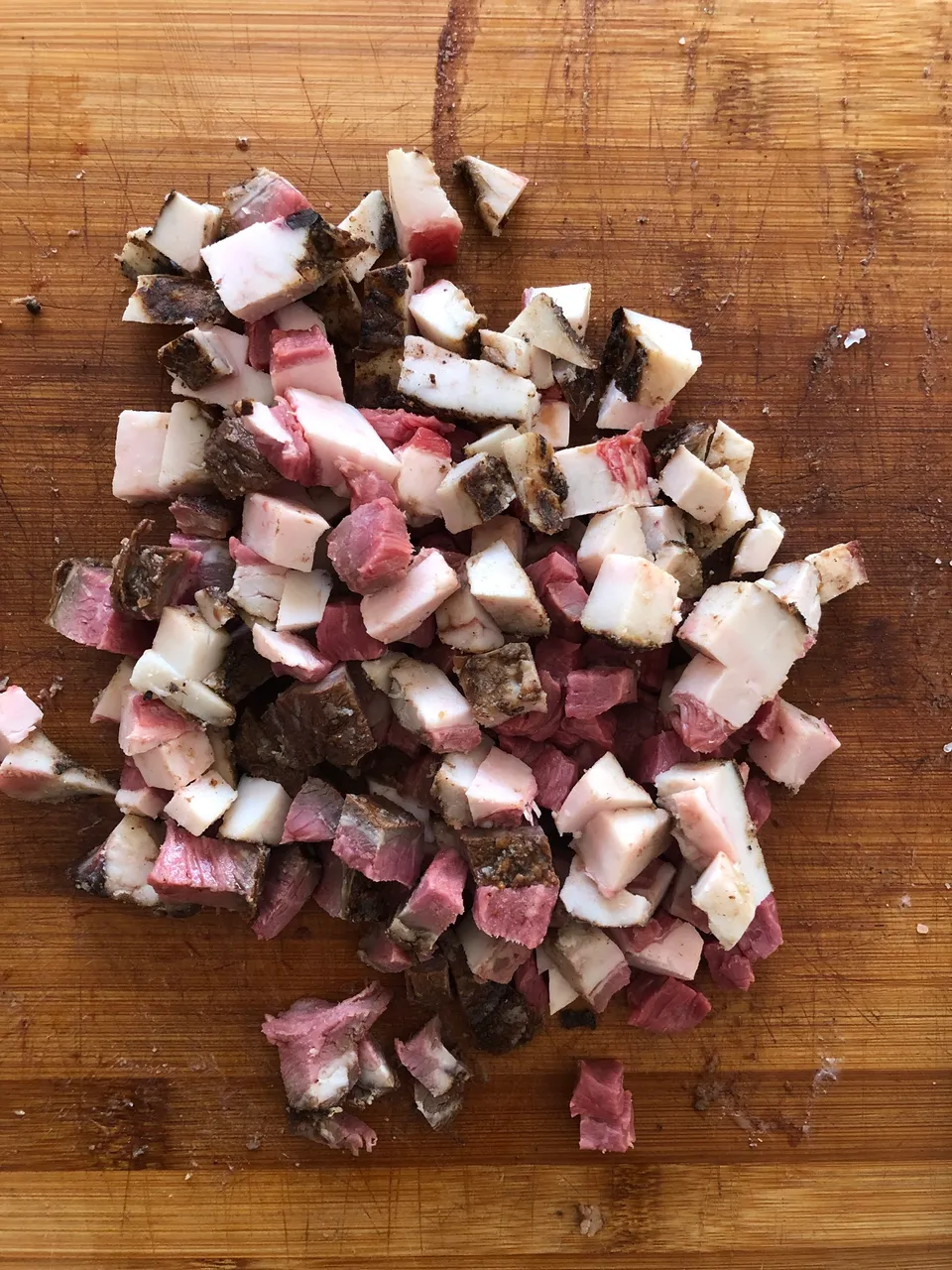
Step Two and Three: Boil the water, Cook the meat
Steps two and three happen at the same time. Get the meat going, and then get the pasta water going. Let all the fat render out and cook the meat in the fat for a while. Leave the rendered fat in the pan.
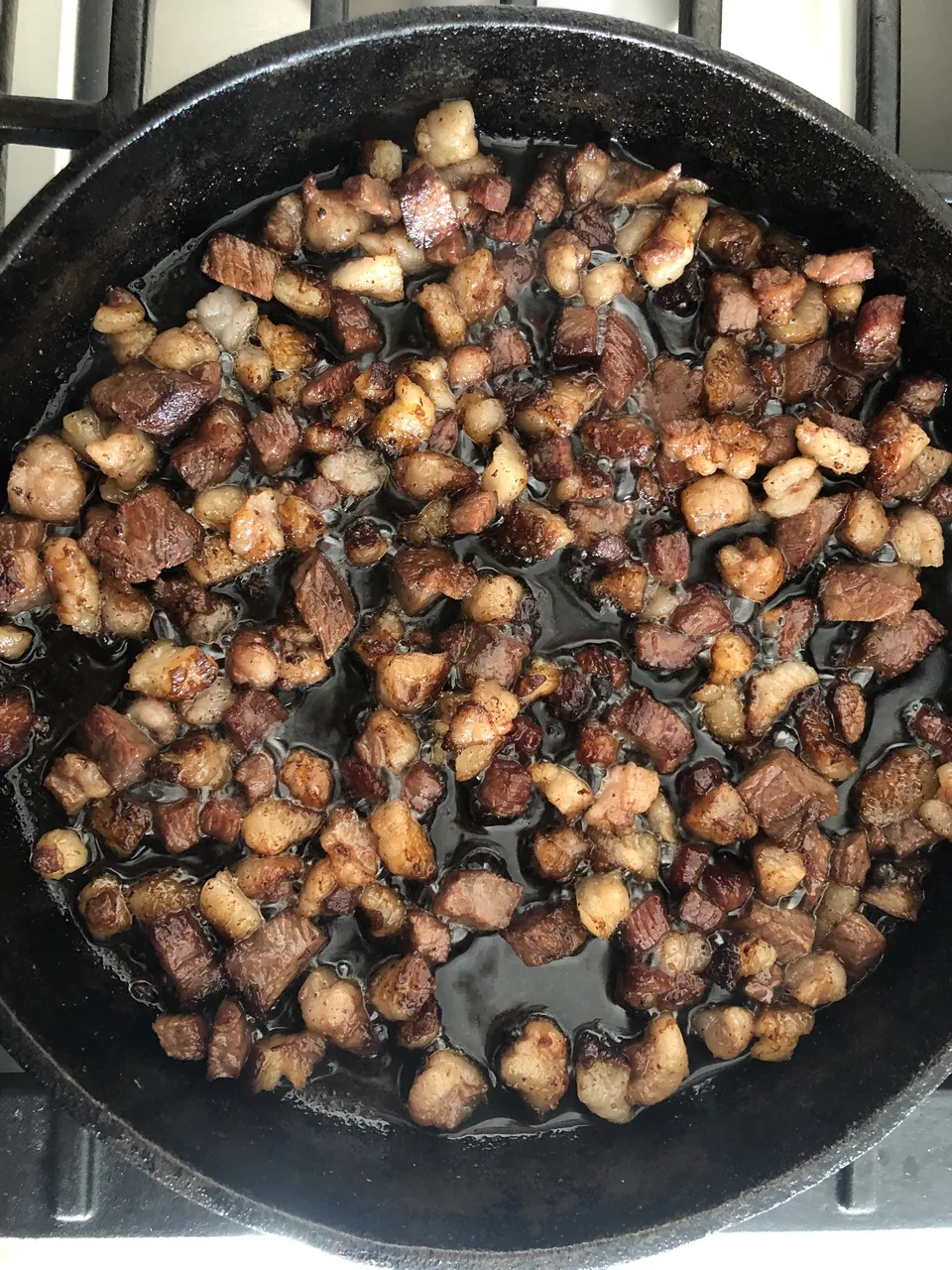
A Tip: Cook the pasta in a little amount of water
I know people swear by cooking pasta in a certain amount of water. But there is one advantage you are losing out on if you opt for cooking in loads of water: Starchy pasta water. Cooking your pasta in "just the right amount" of water, gives you the ability to get an extremely starchy water with which you make your sauce. I always throw the pasta into the cooking vessel to determine how much water I will need to add in order just to cover the pasta.
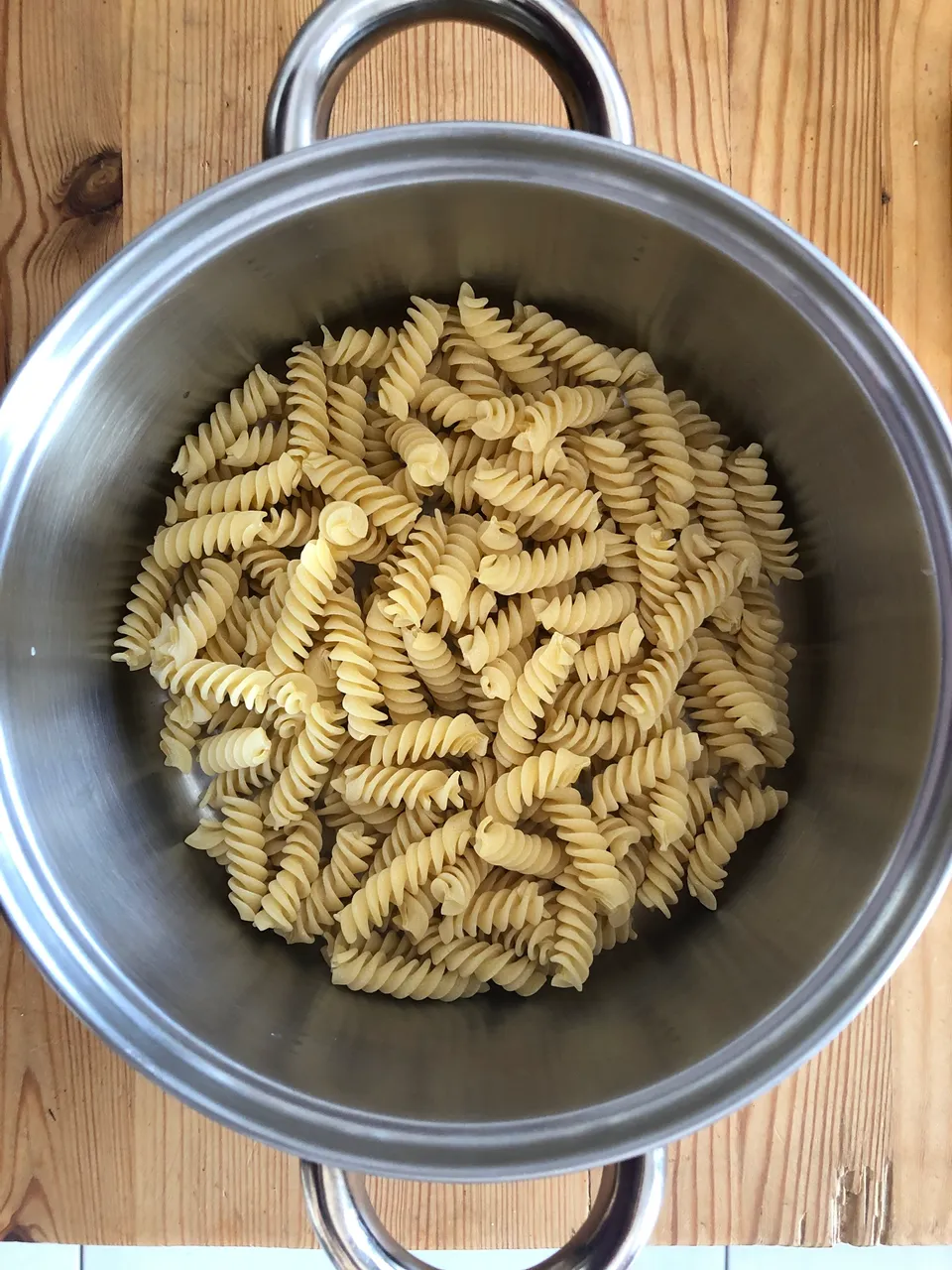

Step Four: Create your "Sauce"
I think most classic Italian pasta sauces are based on the same principle: Emulsifying pasta water and cheese/oil/egg. In pasta carbonara (or as I make it) all three of these things needs to be emulsified into the pasta water. And this is your sauce. To start the sauce, and whilst the pasta is almost done, add the by now little cooled down bacon/meat into a bowl with the eggs and cheese. Mix this to create the carbonara "base".
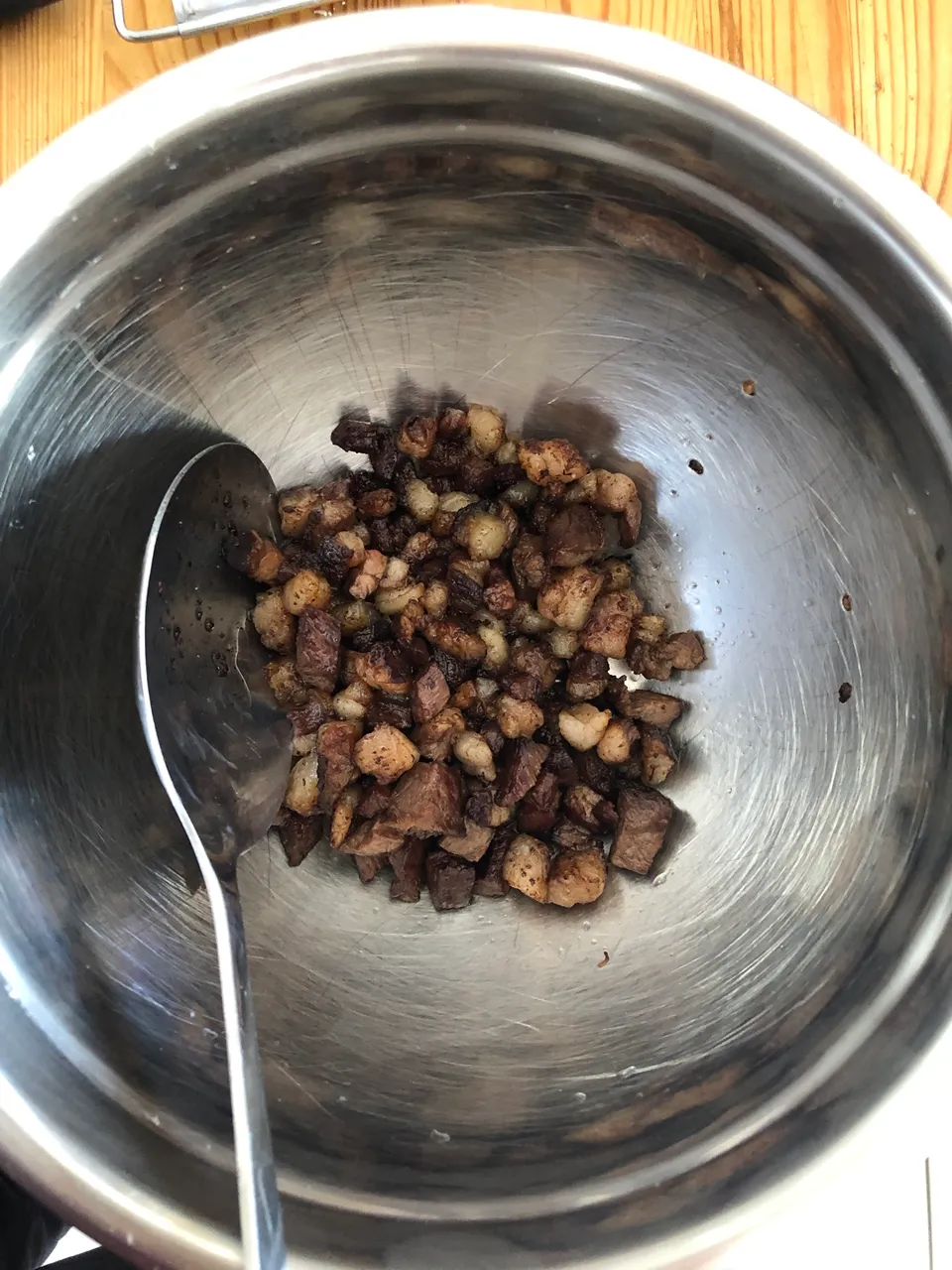
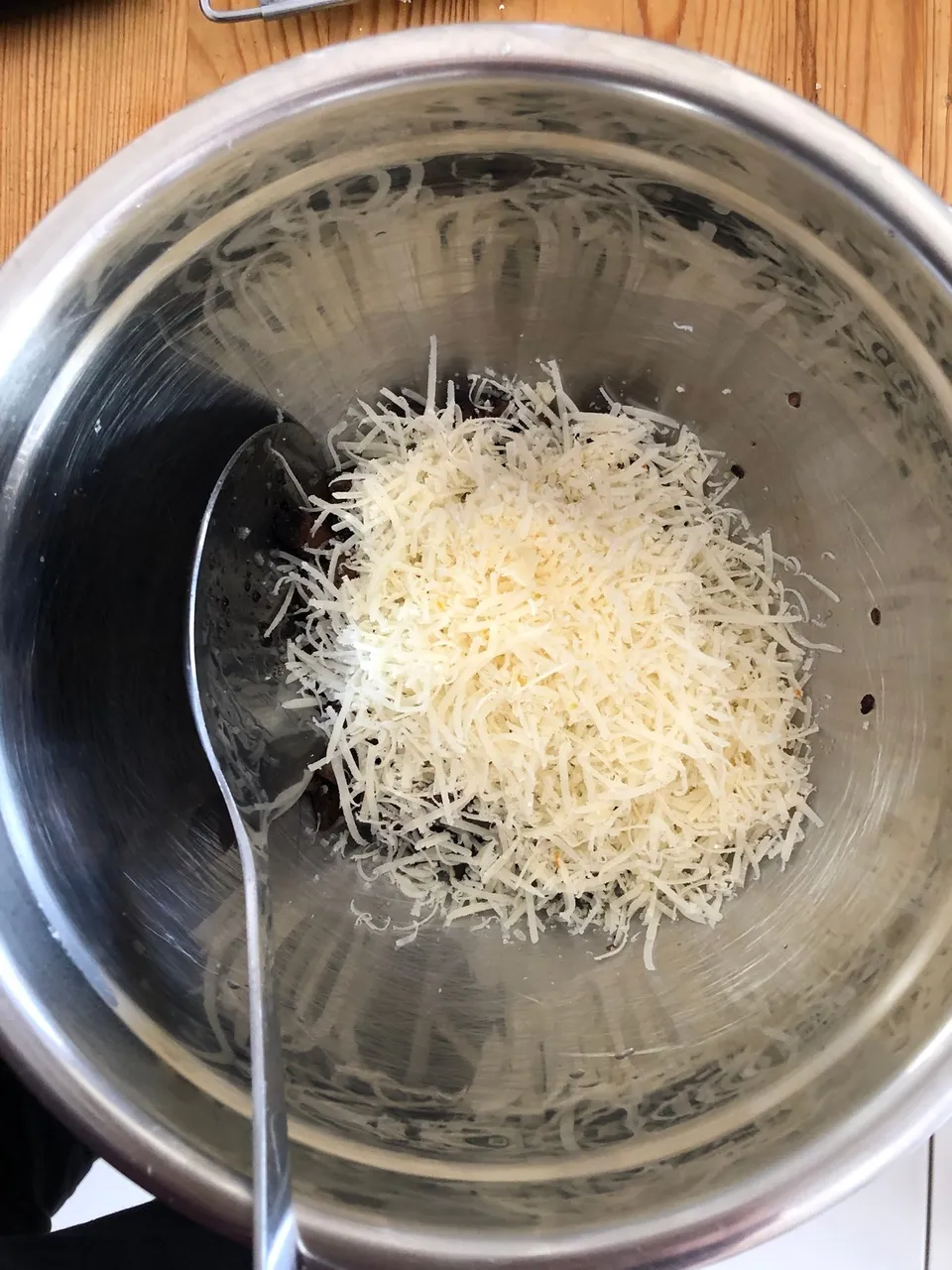

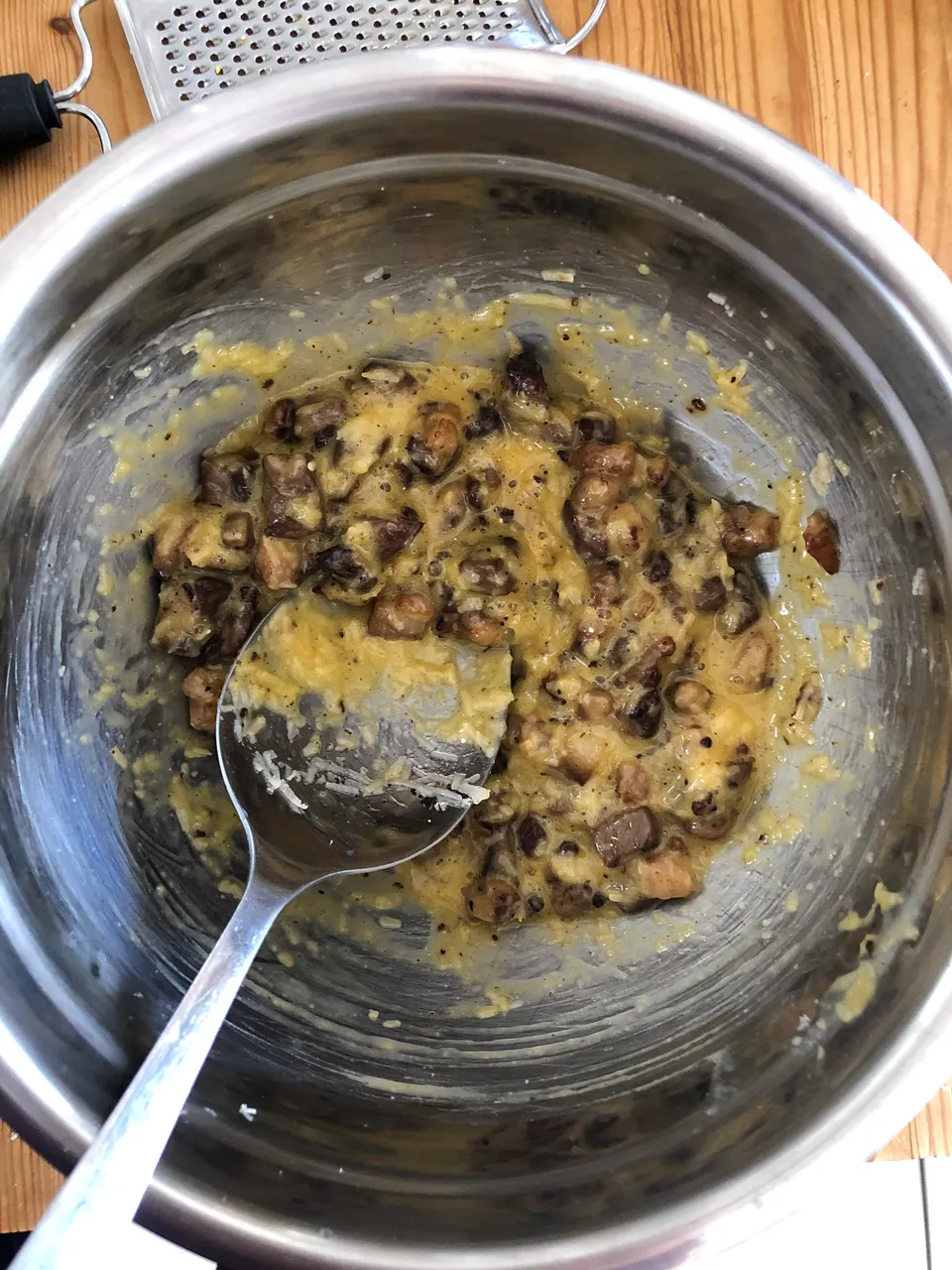
Step Five: Non-Traditional frying of the cooked pasta
If you let your pasta cook 90% of the way (still al dente) quickly fry them in the hot bacon/meat fat. This adds just a bit of extra flavour. This is obviously a step you can skip.

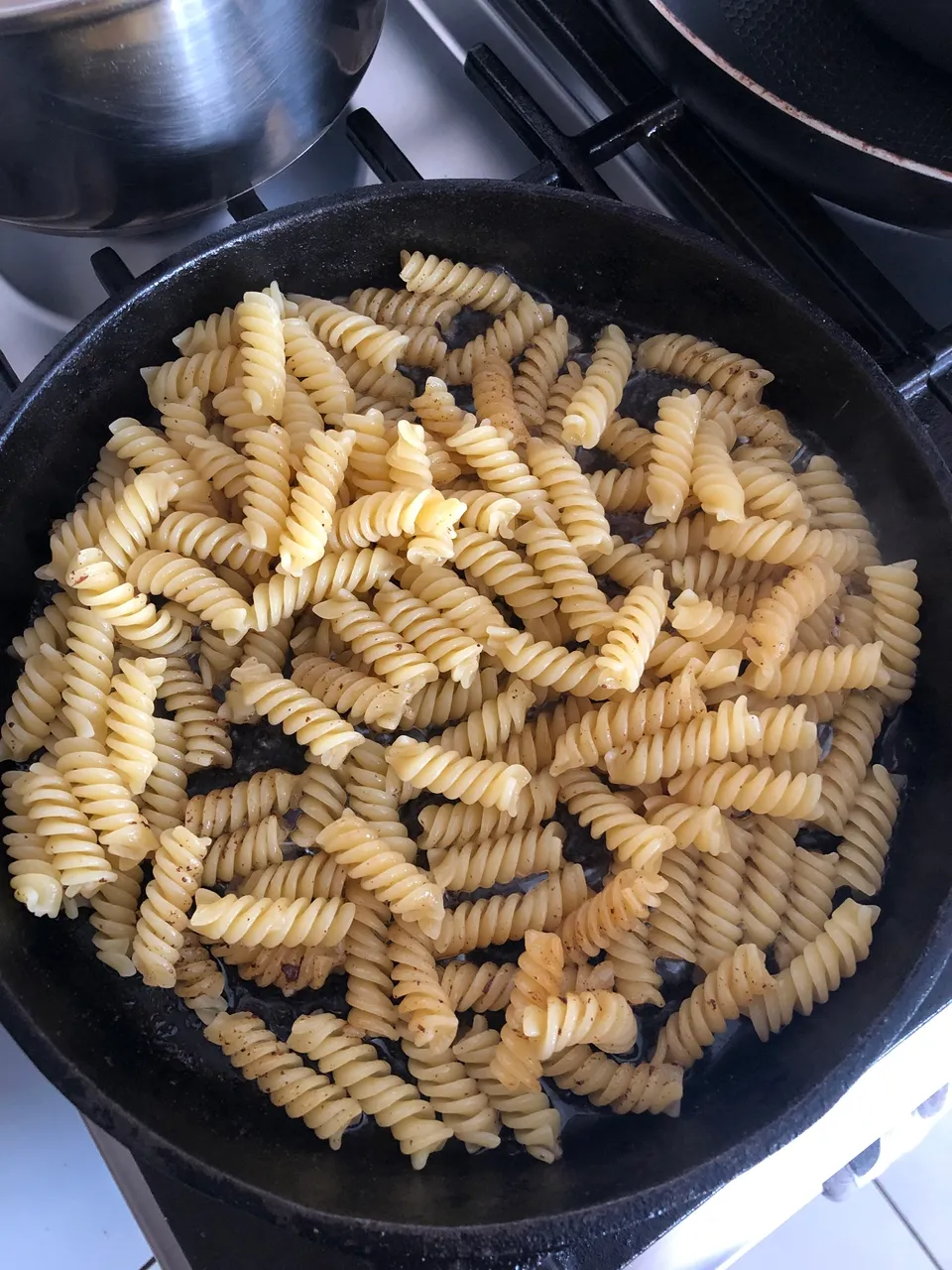
Step Seven: Combine everything with some pasta water
Whilst the pasta quickly fries in the rendered fat, add some splashes of the starchy pasta water into your base sauce. Do this little by little in order not to "scramble" the eggs, but I guess at this point the eggs are already "tempered", i.e. bringing the eggs' temperature up slowly and not quickly.
Add all of the pasta and rendered fat into the base and quickly stir until you see the homogonous sauce formed. Your pasta is ready!
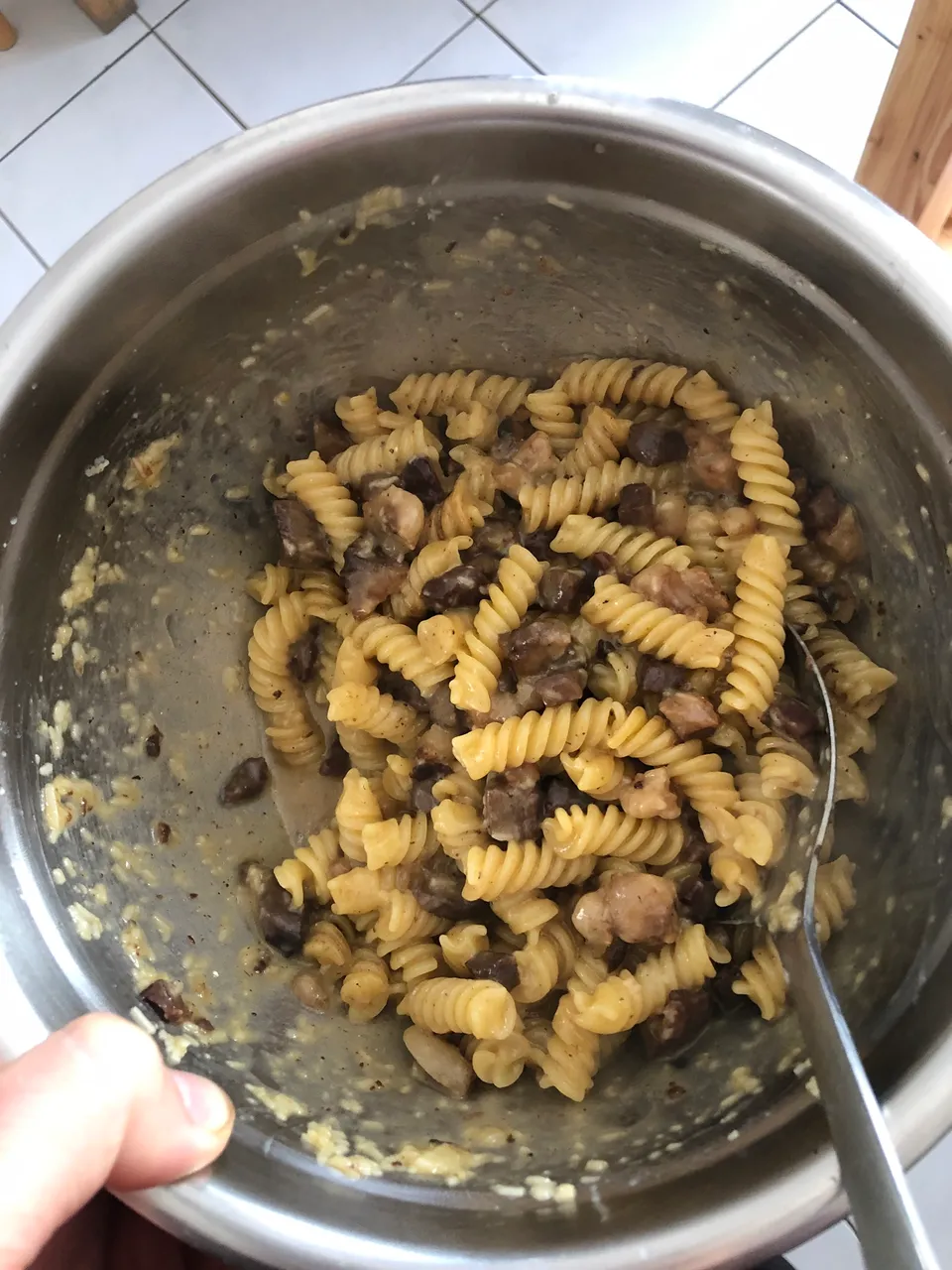
Finally, Top with Extra Cheese and Pepper
You can enjoy this pasta now! It takes some practice to get into the feel of the dish and to get your timing right. It is not an easy dish, but when you master the technique, vistas of new flavors will be on the horizon. Please do try this method and tell me if you succeed!

